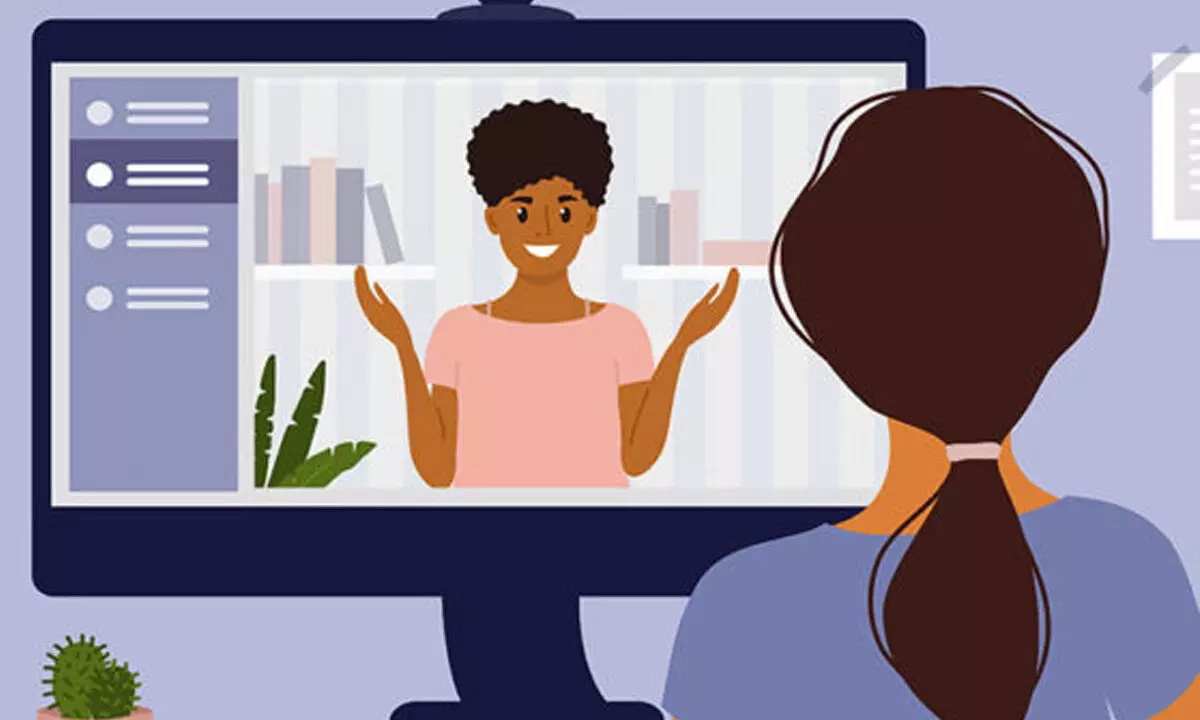Embracing Technology in Learning and Development: How to Use Technology to Enhance the Learning Experience

Technology has become indispensable in nearly every aspect of our lives, including learning and development (L&D)
Technology has become indispensable in nearly every aspect of our lives, including learning and development (L&D). Technology has transformed the landscape of L&D, providing new and innovative ways to deliver training, enhance collaboration, and personalise the learning experience.
Here are some statistics highlighting its impact:
• The global e-learning market will reach $337 billion by 2026.
• 67% of organisations use learning management systems (LMS) to manage and deliver training.
• 82% of learners believe that technology has improved their learning experience.
Here are some of the advantages of using technology in L&D:
Accessibility: Technology breaks down geographical barriers, making learning accessible to learners anytime, anywhere. Online courses, e-learning modules, and mobile learning platforms allow learners to access training materials conveniently, fitting learning into their busy schedules.
Engagement: Technology can make learning more engaging and interactive, capturing learners' attention and fostering a deeper understanding of the material. Gamification, simulations, and virtual reality (VR) can transform learning from a passive experience into an active and immersive one.
Personalisation: Technology enables personalised learning experiences, tailoring training to the needs and preferences of each learner. Adaptive learning algorithms can adjust the difficulty level of content based on the learner's progress, while personalised recommendations can suggest relevant learning materials.
Collaboration: Technology facilitates collaboration among learners, fostering a sense of community and promoting knowledge sharing. Online discussion forums, virtual classrooms, and collaborative learning tools allow learners to interact with each other, share ideas, and learn from one another's experiences.
Data-Driven Insights: Learning analytics tools can track learner engagement, progress, and outcomes, allowing L&D professionals to measure the impact of their training programs and make data-driven decisions to improve them.
Here are some key strategies for successful implementation:
Identify Learning Needs: Begin by assessing the specific learning needs of the target audience. Understanding the skills, knowledge, and competencies required for success will guide the selection of appropriate technologies and training modalities.
Choose the Right Technology: Select technologies that align with the learning objectives and target audience. Consider the technical capabilities of learners, the ease of use of the technology, and its compatibility with existing systems.
Seamless Integration: Integrate technology seamlessly into the existing L&D infrastructure and processes. Ensure that new technologies complement existing training methods and do not create additional burdens for learners or L&D professionals.
Training and Support: Offer training and support to ensure users are comfortable using the new technologies. Provide clear instructions, tutorials, and ongoing support to minimise technological barriers.
Evaluate and Adapt: Continuously evaluate the effectiveness of technology in L&D. Collect feedback from learners, analyse data, and adjust ensure that the technology is achieving its desired outcomes.
Various industries are leveraging technology in L&D in different ways:
Healthcare:
VR-based surgical training: VR simulators provide immersive and realistic training environments for surgeons, allowing them to practice complex procedures without putting patients at risk.
AR-guided medical procedures: AR overlays digital instructions and information onto real-world environments, guiding medical professionals through complex procedures with greater accuracy and precision.
Manufacturing:
AR-enhanced maintenance and repair: AR overlays digital instructions and information onto machinery and equipment, guiding technicians through maintenance and repair tasks with step-by-step instructions and real-time feedback.
IoT-powered predictive maintenance: IoT sensors collect data on equipment performance, enabling predictive analytics to identify potential problems before they lead to downtime.
Education:
Adaptive learning platforms: These platforms tailor instruction to the individual needs of each student, providing personalised support, feedback, and practice opportunities.
Microlearning modules: These bite-sized learning chunks allow students to learn new skills at their own pace and in the context of their academic work.
Corporate Training:
Gamified training programs: Gamification incorporates game-like elements, such as points, badges, and leaderboards, to make learning more engaging and motivating.
Mobile learning apps: Mobile learning apps provide learners access to training materials and activities on-demand, allowing them to learn anytime, anywhere.
The use of technology in L&D has resulted in measurable improvements. Studies have shown that:
• E-learning courses can increase learner engagement by up to 40%.
• Gamified training programs can improve learner performance by up to 60%.
• Mobile learning apps can increase employee retention by up to 25%.
As technology evolves, L&D professionals must remain at the forefront, embracing innovations and adapting strategies to ensure learners have access to the best learning experiences.
(The writer is a CEO ROI Institute of India)



















